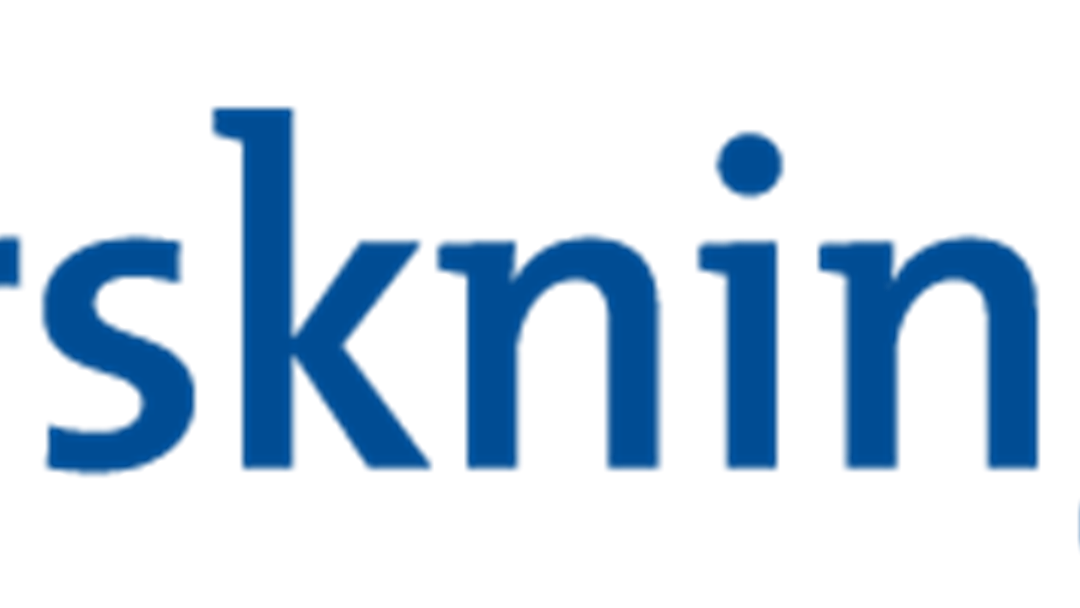Advanced materials for magnesium-ion rechargeable batteries
Magnesium metal as anode electrode for batteries is very attractive as it is the fifth most abundant material on earth, it can pack more energy per unit volume than lithium and it is very safe during operation. Nevertheless, due to the ability of magnesium to form a insulation layer when it comes to contact with oxygen and aqueous solvents, it is difficult to recharge these batteries repeatedly using the current electrolyte systems. Also, to make magnesium-ion batteries commercially viable it is necessary to make these batteries less heavy by developing advanced materials for cathode with high operating voltages.
In ADMIRE, we intend to develop a new category of cathode materials that can facilitate insertion and extraction of magnesium at high potentials by developing novel amorphous vanadium oxides. In addition, we also propose to develop new electrolyte systems based on ionic liquids which is compatible with the anode in order to have more charge/discharge cycles. The elctrolyte also has to be compatible with the cathode in order to accommodate high performance batteries with wider voltage limit. The advantage of using amorphous materials is that they increase the kinetics of magnesium ions in the cathode at high voltages resulting in high charge/discharge capacity at high current rates. Simulatenously, ionic liquids will be developed to improve the magnesium plating/stripping at the anode and to provide a platform for high voltage cathodes by being stable and electrochemically active. If successful, this project should motivate the industry (both battery and materials) to look at this technology for the future energy market.
The primary objective of ADMIRE is to develop advanced rechargeable magnesium-ion batteries with high energy density, better durability and safe operation for future stationary, transport and grid storage applications.
The project is supported by the Norwegian Research Council, grant no. 255108. The total budget is 9.1 MNOK for 2016-2019. NTNU is a partner in the project.
Contact person:
